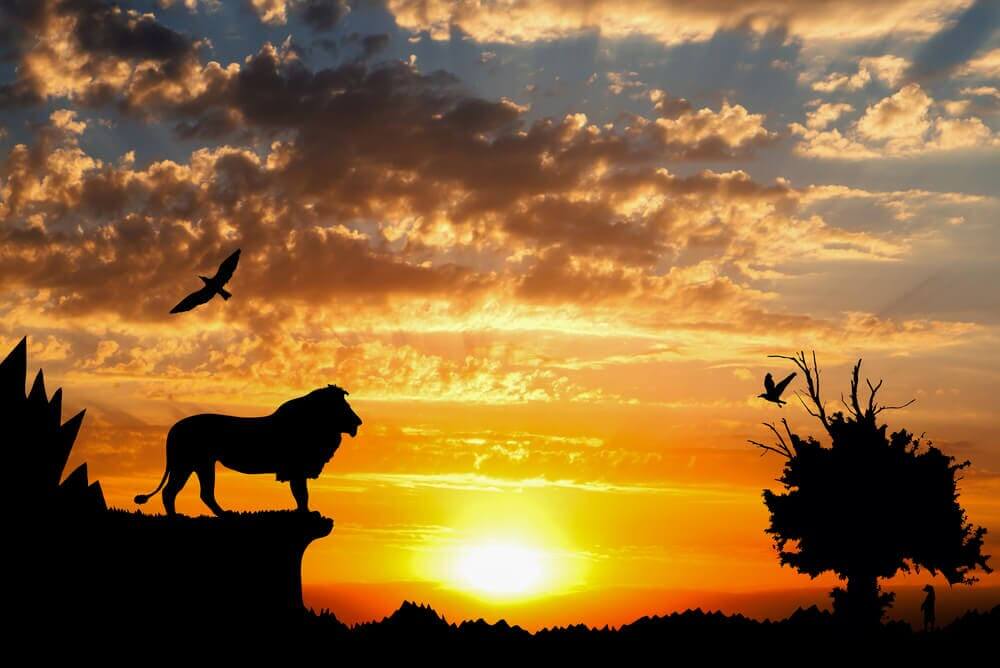

The circle of life symbolizes two opposites, life and death, so rationally it should be a neutral symbol. Even though the ouroboros inextricably ties death to life, it’s clear from its use in funeral rites that it’s viewed as a symbol of renewal and not as a negative reminder that all life comes to an end.

In Egypt, it is believed to have represented Ra, the sun god and lord of creation, and Osiris, the god of the underworld and personal escort for the souls of the recently deceased. Originally seen in a funerary text inside King Tut’s tomb, it has since become an important symbol in many cultures. There’s also the ever-flatulent Ignatius Reilly's Fortuna, the “blind, heedless goddess” he often calls out to.Īnother ancient symbol of the circle of life is the ouroboros, an image of a serpent eating its own tail (there’s no game show for this one.yet).

As one way to symbolize the cyclical nature of life in relation to fate, ancient philosophers created the rota fortunae, or wheel of fortune, which our modern society cleverly turned into everyone’s favorite game show to watch with grandma. Throughout the centuries, people have found innumerable ways to represent this concept. The idea that life is circular has been around for a long time.įrom the changing seasons to birth and death, life is an unending cycle. BLOG The Circle of Life: A Roundup of Interpretations


 0 kommentar(er)
0 kommentar(er)
